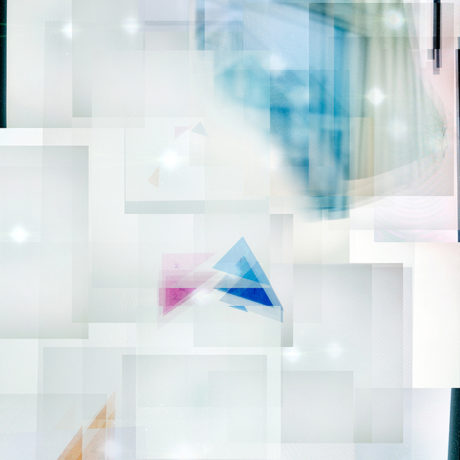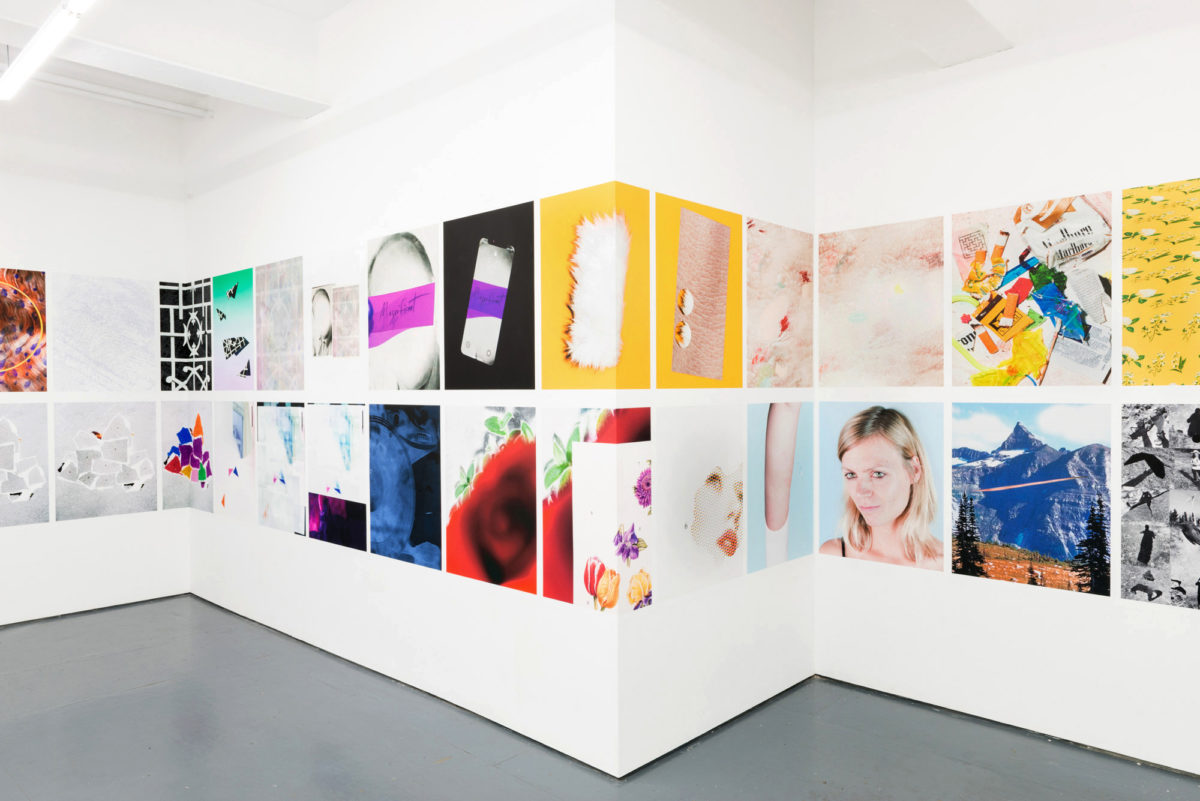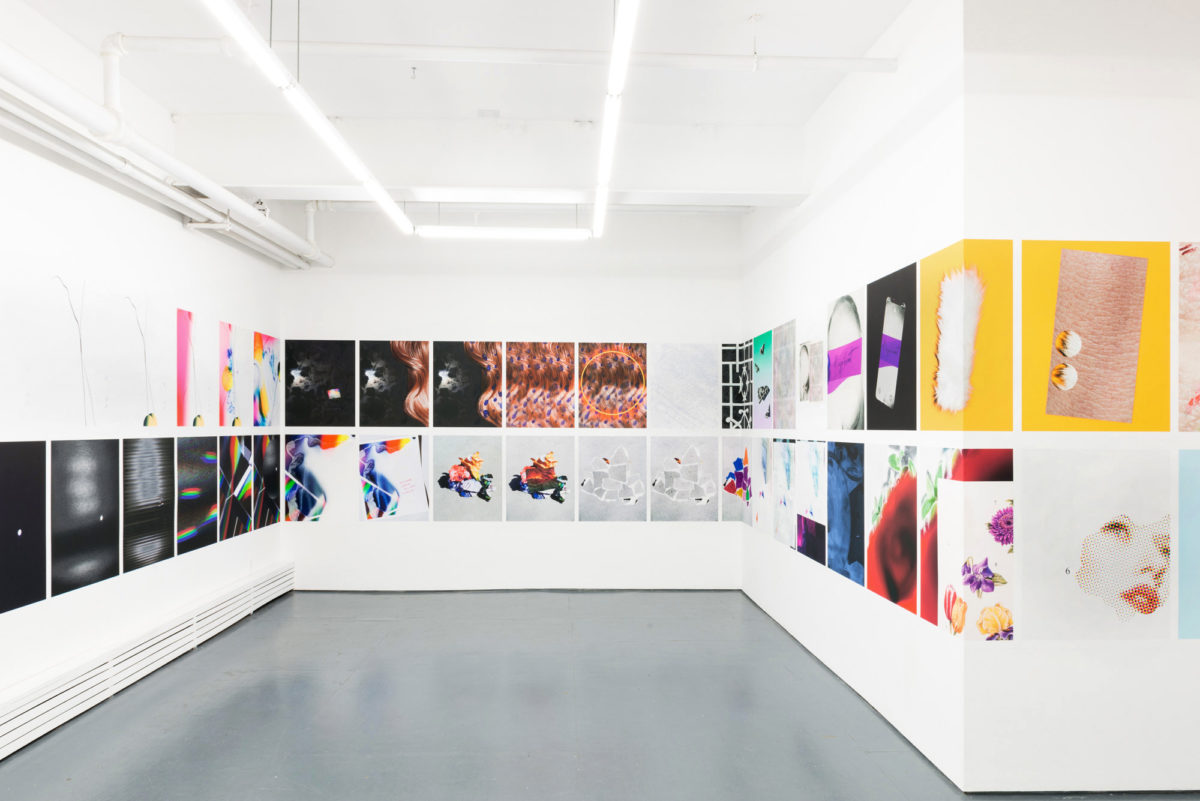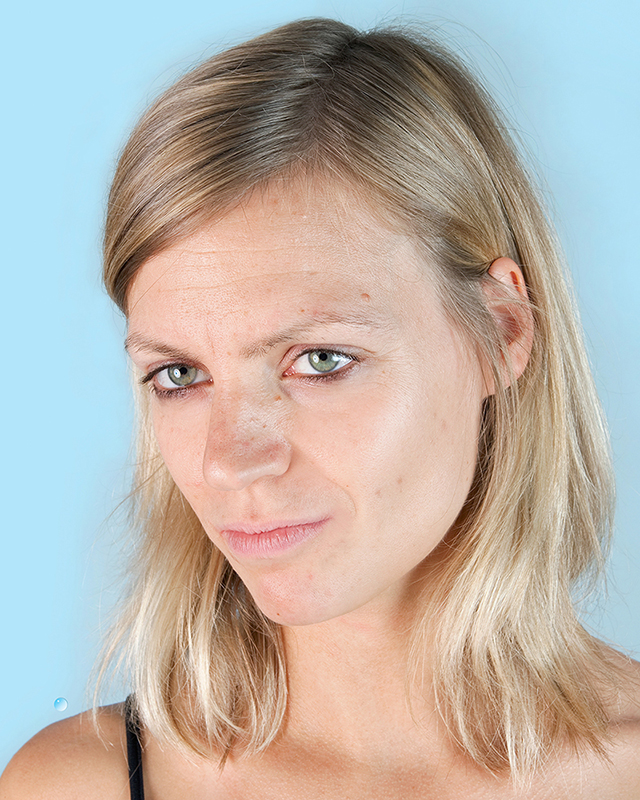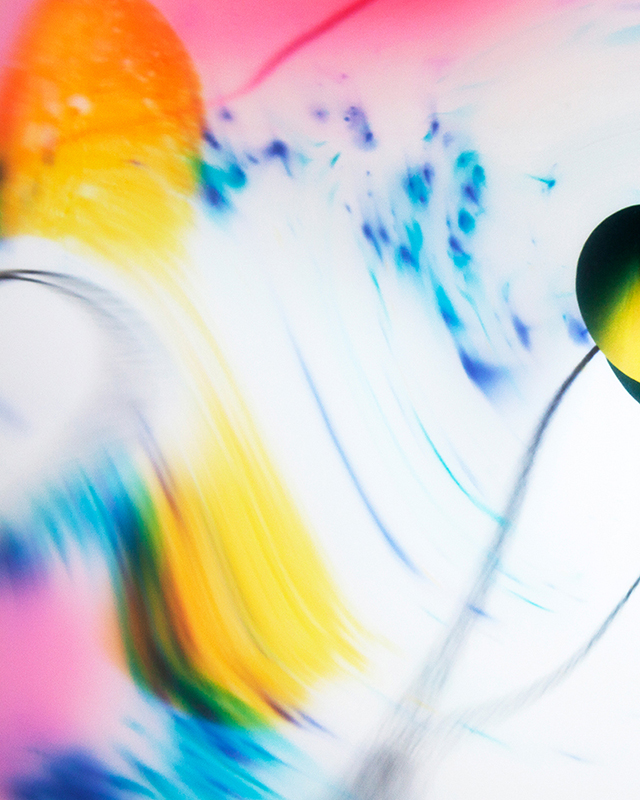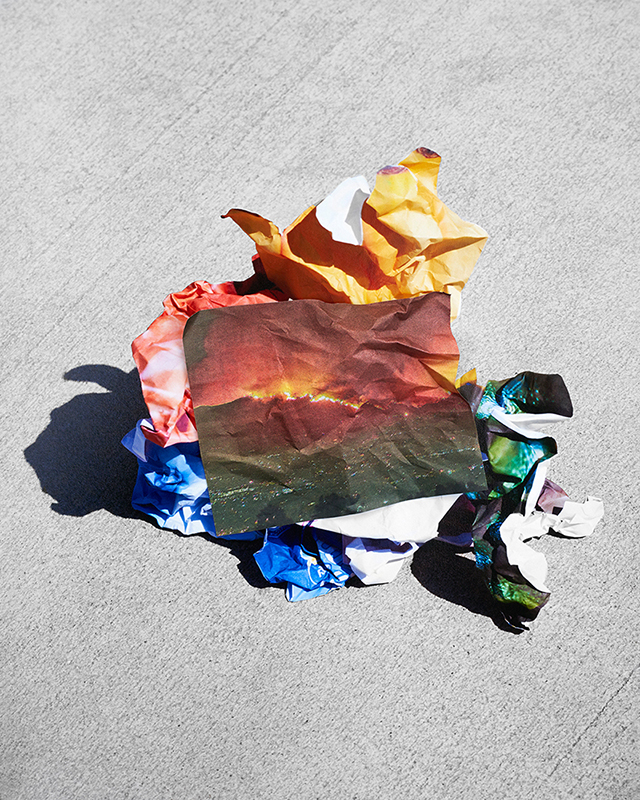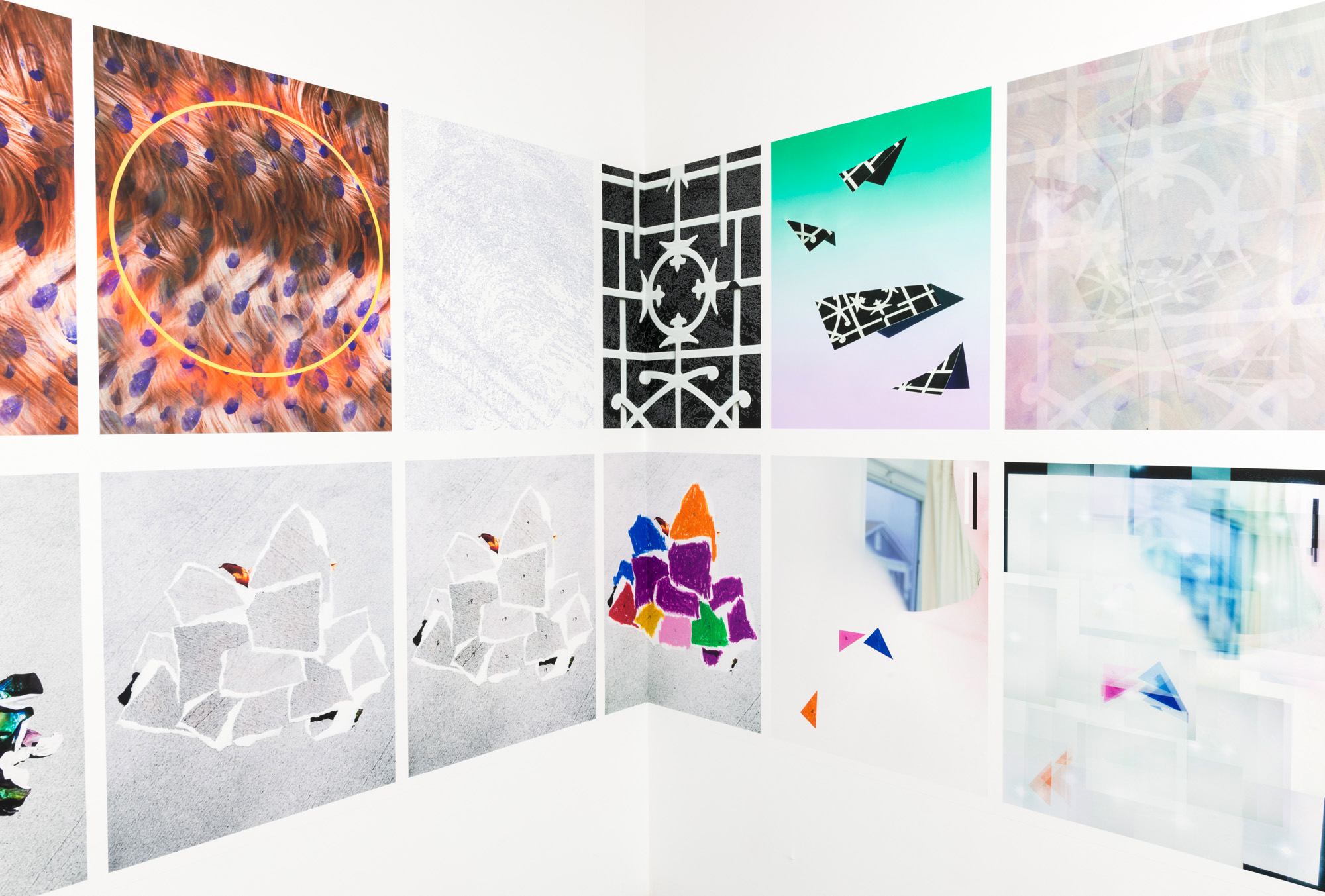
Competition can often be a good thing—and artists Brea Souders and Ina Jang, collectively known as Coramu, have taken the idea of artistic combat to the next level, creating a project together in which they are both invited to develop work created by the other. It all starts with a black and white “template” which is used by each artist to make a photographic opening move. From here, the artists both exchange their photographs, and make one action to change the other’s, before switching back, and so on. In the end, the artists have a total of fifty photographs, all feeding on from one another.
It was inspired by the Chinese game GO, “a game of metaphysical elegance with close connections to politics, economics, and the laws of nature”, in the words of Tiger Strikes Asteroid New York, which is currently showing the series.
Souders featured on the cover of one of the first issues of Elephant that I worked on—issue 25, Girl on Girl. I was intrigued to see how her work has developed since then, and how she came to this shared photographic game. She tells me how this ongoing project has brought a welcome immediacy to her practice.
Your work was featured in Elephant a few years ago—and your image was used on what is still one of my favourite covers. How has your practice developed since we last spoke? Was there anything forming at that time that is now firmly bedded into your work?
At that time, I had a show up of painted and chemically altered photographic film works. The pieces featured abstracted faces, bodies and imagined scenes from space, among other subjects. As in a lot of my work, the pieces were photographed while “active”—the paint and chemicals were still wet and reacting with the film emulsion when photographed. That project was inspired partly by digital space and the slipperiness of images, meaning and truth.
I’ve since expanded a related project where I create temporary sculptures with photographic film cut-ups and static electricity. This project began in 2012 and the newer pieces are set against a black background and reference both outer and digital space. Last year, I published an artist book that features fifty works made specifically for book format, called Magnetic Eels. The book consists of traced and painted images from Internet networks onto fragmented glass, which are then layered and photographed. The work I’m making now is more rooted in earth and has a lighter palette, though some of the techniques and materials from my previous pieces are incorporated.
“Time will tell how it all plays out, but our collaboration has brought me back to the satisfying immediacy of making spontaneous photographs”
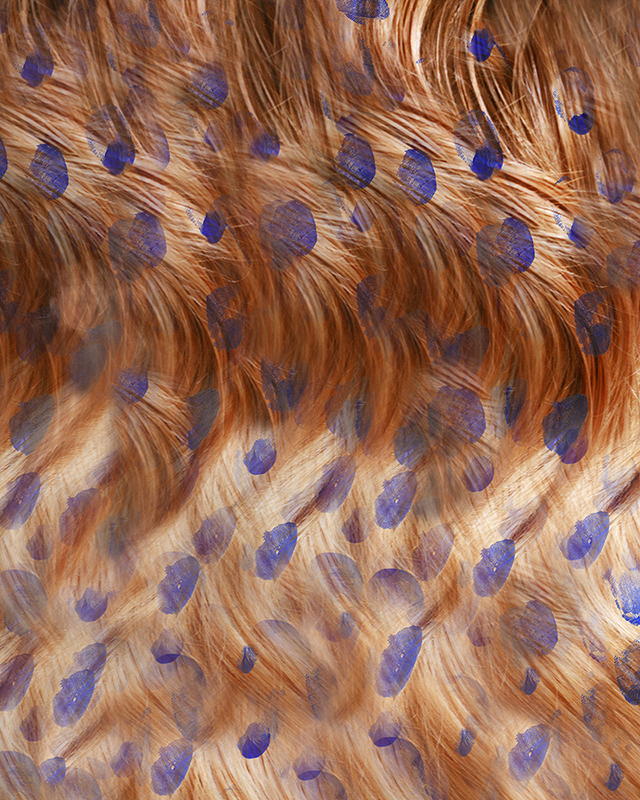
I love the sound of the process that you have developed with Ina Jang. How did you begin working together? Was this something that one of you approached the other with, or did it all start quite instinctively? And has the process surprised you in any way?
We first met in 2012 at the Hyères Festival in France, where we were both exhibiting work. A few years after that, I invited Ina over for a get-together. She later asked if I wanted to collaborate on a project. We spent a weekend in upstate New York sharing ideas and we were so energized by each other that we decided to form an official collaboration.
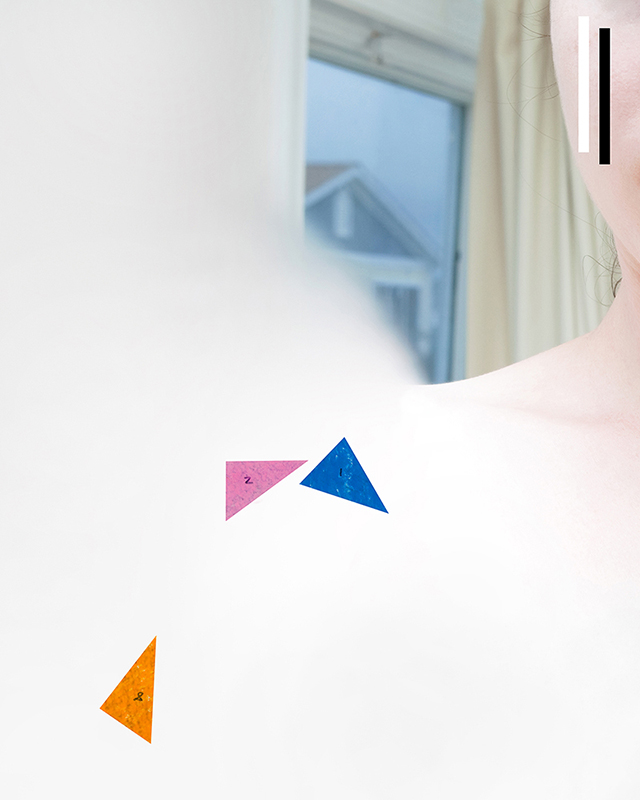
Our projects are framed as “chapters” and some are long-form while others are more like sketches or vignettes. In the photography world especially, there is pressure to work in a series format. For Coramu, we only work this way when it’s appropriate, such as in our project GO. Other times, a chapter might only have a few images or even just one. This has allowed us to respond to ideas spontaneously and we both feel a lot of freedom within the collaboration. We needed a release valve for some of the ideas we had that didn’t fit into our individual practices.
Our project GO has given us a platform to respond to current events, the seasons, our personal lives, travel, miscellaneous thoughts and ideas, the medium of photography and to our evolving friendship. It feels fresh and it’s a lot of fun. I can’t wait to see how it will evolve as our lives, work, technology and the overall world changes.
“I always get butterflies in my stomach right before we exchange our images”
How do you think your practices complement or challenge one another?
This is a great question because GO is set up as a competition between us, but it’s also one that we want to succeed in together. With each move, we want to set the other person up with a challenge. So with every image exchange, there is the feeling that we want to win as individuals but also as a collaboration. I always get butterflies in my stomach right before we exchange our images. I had no idea how competitive I can be until I started working with Ina!
We are always pushing each other to make our best work both within our collaboration and as individuals. I’ve learned a ton working with Ina. She helped me edit my artist book last year. She has a flexible and uncluttered way of thinking and it’s just refreshing to work with someone like that. We share a sense of humour and laughter has been at the foundation of our collaboration from day one, even when we’re responding to dark topics.
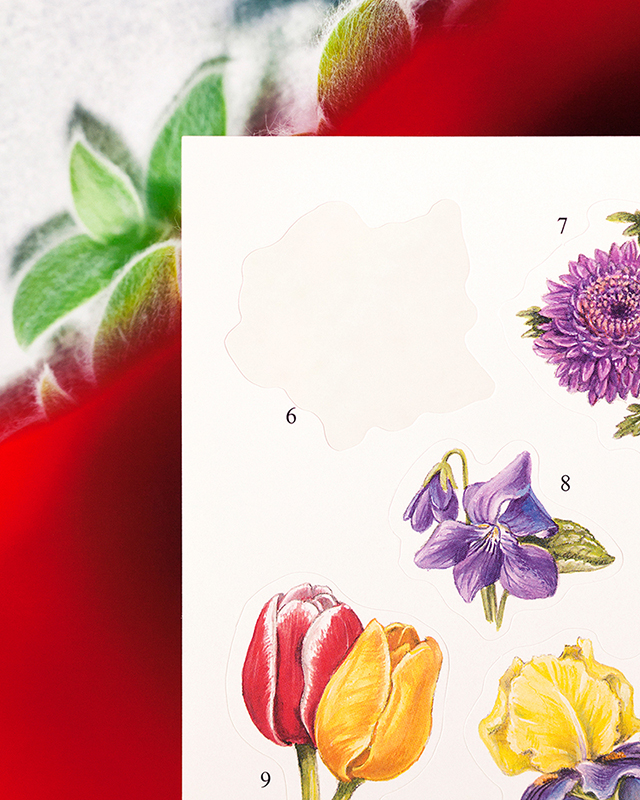
Has this way of working brought anything unexpected to your own individual practice?
Time will tell how it all plays out, but our collaboration has brought me back to the satisfying immediacy of making spontaneous photographs. Generally speaking, my works are made to stand alone as well as together in a larger body of work. Each one has layers of meaning and takes a while to build. Working on GO, a project where each image is entirely dependent on the image that preceded it, has me thinking more about projects that rely on this kind of interdependence. There are so many examples of this throughout the history of photography and it feels relevant in the age of hashtags and collective capturing. I’ve started to photograph more out in the world and have been scanning negatives from old documentary projects. I don’t know yet how or if this will factor into my future work, but it’s fun to think about.
You talk about Go as a commentary on photography in the digital era. How has the role of photography changed since you studied and, if you were to take a guess, where do you see it heading?
I was the last generation to learn photography in a darkroom. It was a slow and mysterious process which produced tangible objects that were relatively fixed in form. Obviously before the digital era, photographs were only viewed in books and magazines, on walls and in advertising. Now with rapid image creation, consumption and recycling in digital spaces, a single photograph will change dramatically over its lifetime. It will be cropped, filtered, text will be added and so forth.
Images belong to the public now and people feel free to add their personal meaning stamp to images that weren’t created by them. This is what Ina and I are doing in our project GO. We make our mark on the image given to us, and it forms a continuous scroll of images that are all related but constantly morphing.
There are also just vastly more photographs of everything than ever before. I don’t think it’s aiding us in finding clarity but I do appreciate the prismatic effect and I’m glad that more people are able to share their vision. There are too many variables in play to know where things are going, but I’m sure it will be different!
